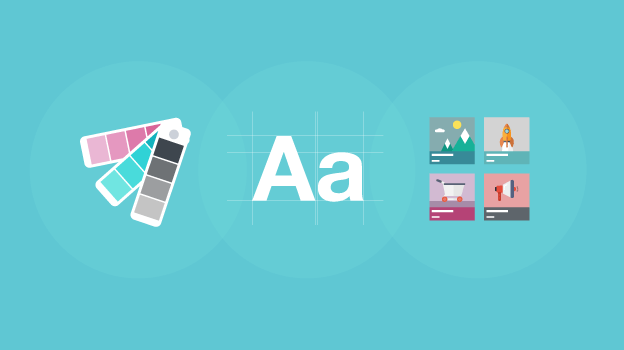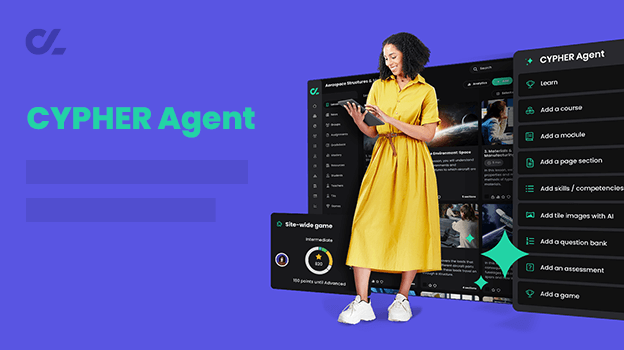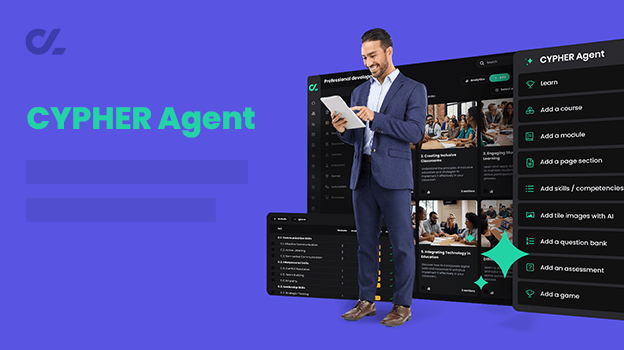
How to create a practical online course experience in 6 easy steps
Learners can learn by doing, even when they’re taking an online course. However, in the absence of a physical classroom and one-on-one training sessions, it’s difficult to motivate learners to complete practical learning tasks. That’s because online courses lack that element of urgency to finish assignments on time as there are no external factors to push learners to do more. Online courses aren’t going anywhere, so course creators need to think outside the box and adopt an experiential learning approach.
Here’s what you need to deliver hands-on learning for online courses:
-
Realistic tasks
The problem with practical tasks in an online environment is that instructors give out either too easy or too difficult assignments. Creating a good task is about a balance between what course participants know and what they don’t. For example, give them a choice between two different assignments. If the course is more complex, go with smaller ones, spread throughout a module.
-
Clear instructions
Learners will skip assignments or become frustrated if you omit essential information. People should know what they need before diving into practical learning. So, be sure to mention any equipment, software, or other prerequisites before they click “purchase”. Suggest free or inexpensive alternatives to make the course more inclusive.
-
Great timing
It’s easy to see a decrease in motivation when the task takes you much longer than expected to complete. Give an accurate estimation of how much time it should take a beginner to do something. If the assignment is more complex, try breaking it down into smaller ones so that they won’t be too intimidated to have a go at it, five minutes at a time.
-
Verifying progress
It's useful for learners and for yourself to see if they can apply new skills and habits in real life. They can showcase their progress through photos or videos, but if the course is about something less tangible, such as practicing meditation, taking a survey will also do. A reasonable completion rate should be around 60-70 percent, possibly lower for challenging tasks.
-
Feedback group
As an instructor, you can’t do it all by yourself, feedback included, so you’ll need help from the learners themselves. Nothing new, as many face-to-face and blended courses employ peer feedback. Set up a group in your learning management system and ask learners to post their work. Encourage everyone to give constructive criticism as a way of developing their skills.
-
Fun factor
If your learners need a boost to complete a practical assignment, a fun contest will do the trick. The prize is up to you. It could be a book, equipment, a monthly subscription to your courses, a discount code; highlight their work on social media, or offer a 1:1 coaching session. Organize competitions periodically to give more learners a chance to participate.
Visit our Blog for insightful posts on e-learning for entrepreneurs.


